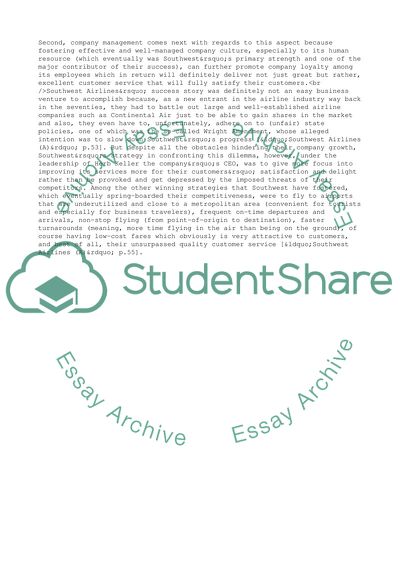Cite this document
(Southwest Airlines Case Study Example | Topics and Well Written Essays - 3250 words - 1, n.d.)
Southwest Airlines Case Study Example | Topics and Well Written Essays - 3250 words - 1. https://studentshare.org/business/1539699-southwest-airline-case
Southwest Airlines Case Study Example | Topics and Well Written Essays - 3250 words - 1. https://studentshare.org/business/1539699-southwest-airline-case
(Southwest Airlines Case Study Example | Topics and Well Written Essays - 3250 Words - 1)
Southwest Airlines Case Study Example | Topics and Well Written Essays - 3250 Words - 1. https://studentshare.org/business/1539699-southwest-airline-case.
Southwest Airlines Case Study Example | Topics and Well Written Essays - 3250 Words - 1. https://studentshare.org/business/1539699-southwest-airline-case.
“Southwest Airlines Case Study Example | Topics and Well Written Essays - 3250 Words - 1”. https://studentshare.org/business/1539699-southwest-airline-case.


